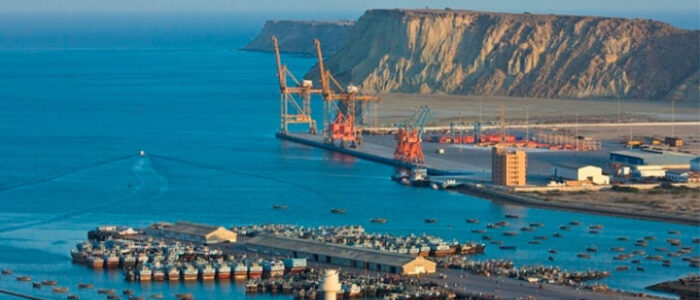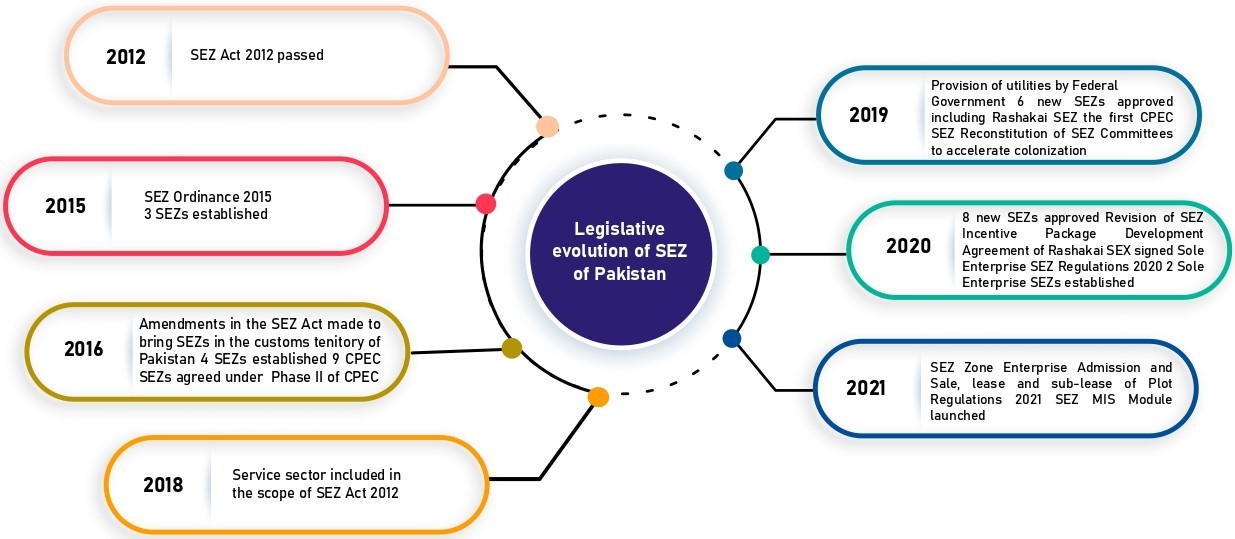ghazi52
PDF THINK TANK: ANALYST

- Joined
- Mar 21, 2007
- Messages
- 101,790
- Reaction score
- 106
- Country
- Location
Agriculture R&D priority in CPEC Phase II, says Dawood
Ali Ahmed
09 Jul 2021

Islamabad and Beijing will prioritise research and development in the agriculture sector during the second phase of the China-Pakistan Economic Corridor (CPEC), informed Advisor to Prime Minister on Trade and Investment Abdul Razak Dawood on Friday.
Aiming to enhance economic cooperation, the advisor in a series of tweets said that CPEC is entering it its second phase and the focus needs to be on enhancing agriculture yield along with industrialisation.
“The focus will now be on agriculture research and development to enhance the yield of crops, industrialisation, and upgradation of the railways.”
The multi-billion-dollar CPEC is part of the ambitious China's Belt and Road Initiative, which aims to connect Asia with Africa and Europe via land and maritime networks to boost trade and stimulate economic growth.
Dawood added that Pakistan’s exports to China have risen by 30% since the operationalization of the second phase of the Free Trade Agreement.
“In Pakistan, 50% of the investments come from China and our exports to China have increased by 30pc following the operationalisation of Phase-II of the FTA. I am sure that our economic relationship will contribute greatly to the economic development of Pakistan.”
Back in 2019, Prime Minister Imran Khan signed the second phase of the CPFTA which was put into force on 1 January 2020 and will last until 2024. Under the second phase, China and Pakistan aim to reach US$15–20 billion in bilateral trade.
Pakistan’s exports to neighboring ally China have shown impressive double-digit growth in fiscal year 2021, going above $2 billion. During FY2021, Pakistan exports to China increased by 34% to $2.33 billion as compared to $1.74 billion in the previous FY, increasing by $586 million.
- Advisor to Prime Minister on Trade and Investment says focus to be on increasing agricultural yield, industrialisation and improvement in Railways' infrastructure
Ali Ahmed
09 Jul 2021

Islamabad and Beijing will prioritise research and development in the agriculture sector during the second phase of the China-Pakistan Economic Corridor (CPEC), informed Advisor to Prime Minister on Trade and Investment Abdul Razak Dawood on Friday.
Aiming to enhance economic cooperation, the advisor in a series of tweets said that CPEC is entering it its second phase and the focus needs to be on enhancing agriculture yield along with industrialisation.
“The focus will now be on agriculture research and development to enhance the yield of crops, industrialisation, and upgradation of the railways.”
The multi-billion-dollar CPEC is part of the ambitious China's Belt and Road Initiative, which aims to connect Asia with Africa and Europe via land and maritime networks to boost trade and stimulate economic growth.
Dawood added that Pakistan’s exports to China have risen by 30% since the operationalization of the second phase of the Free Trade Agreement.
“In Pakistan, 50% of the investments come from China and our exports to China have increased by 30pc following the operationalisation of Phase-II of the FTA. I am sure that our economic relationship will contribute greatly to the economic development of Pakistan.”
Back in 2019, Prime Minister Imran Khan signed the second phase of the CPFTA which was put into force on 1 January 2020 and will last until 2024. Under the second phase, China and Pakistan aim to reach US$15–20 billion in bilateral trade.
Pakistan’s exports to neighboring ally China have shown impressive double-digit growth in fiscal year 2021, going above $2 billion. During FY2021, Pakistan exports to China increased by 34% to $2.33 billion as compared to $1.74 billion in the previous FY, increasing by $586 million.








